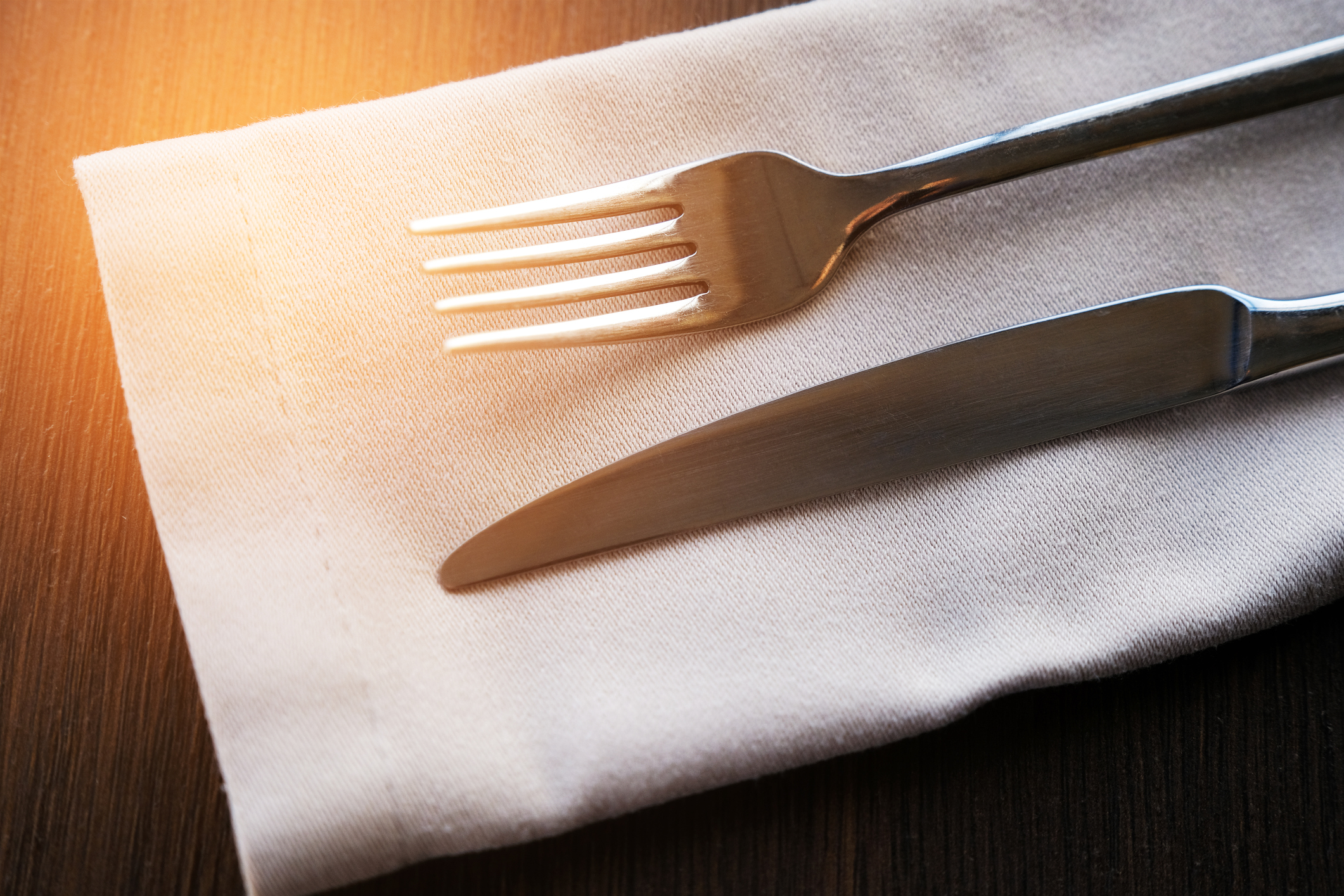Fans weren't quite sure what to expect in the debut of Olympic breaking, but the Internet certainly wasn't expecting the moves that came from the Australian dancer known as "Raygun."
Following her performance in the new Olympic sport, Rachael Gunn's dancing quickly took over social media.
While not without skill, some of the 36-year-old's creative moves took the Internet by surprise, including one dubbed the "kangaroo."
Local
Feeling out of the loop? We'll catch you up on the Chicago news you need to know. Sign up for the weekly Chicago Catch-Up newsletter.
Gunn did not win any of her battles during the round robin phase of the event, meaning she did not advance to the later rounds of the competition.
Gunn is still widely known as one of Australia's best female breakers.
She represented the country in 2021, 2022 and 2023 at the World Breaking Championships.
The 36-year-old is also a lecturer at Sydney's Macquarie University with a Ph.D in cultural studies.
In the lead-up to her performance, Gunn noted her unique moves were her strength, especially knowing she would be competing against much younger competitors.
"The younger competitors are great in their strength, fitness, and explosiveness. But the older ones bring a different level of maturity to the dance," she told CNBC.
In a sport where scores are based in part on both originality and creativity, she said she wanted to give the judges a unique take.
"My specialty is style and creativity, not dynamics or power moves like many other dancers," she said, adding that she has developed her own moves, sequences and her own way of moving.
She knew going into her performance that her unexpected style might not score nearly as high, but she hoped it would be widely received by fans.
"I don't know if it's going to be valued as much as some of the other criteria, but I hope people are still wowed by what I bring since it's something different," she said.
For first-time watchers, there’s a lot to understand about the elements of breaking.
Beyond the dance form's unique culture and history stemming from Black and brown communities in the Bronx in the 1970s, there is no other event like it at the Olympics. Some have likened it to a mix of gymnastics and martial arts, but with music and improvisation.
“This is also going to be the only sport where they’re going to incorporate other elements of hip-hop, because there’s going to be a DJ and there’s going to be a host, or an emcee,” said Ronnie Abaldonado, a breaker who is one of NBC’s commentators for the breaking competition.
The breakers won't know what songs or music they'll compete to.
Breaking has its own judging structure — the Trivium judging system, which will allow judges to evaluate breakers on their technique, vocabulary or variety, execution, musicality and originality.
Breaking itself is made up of four primary elements: Toprock, Power moves, Footwork and Freezes.
Within those elements are an infinite combination of moves that make up a dancer's routine. Routines are rehearsed, but dancers have to be careful not to be repetitive and keep the spontaneity and improvisational aspect of the performance at its core. And “biting,” or copying, a set of moves from an opponent can cost them.
The Olympic competition will begin in a round-robin phase, when groups of four breakers will face off against each other one by one. Only two will emerge from each round-robin group before the quarterfinals, semifinals and the final matchup to determine the champion by the end of the evening.
The b-girls began on Friday, with semifinals and medal rounds still to come.




